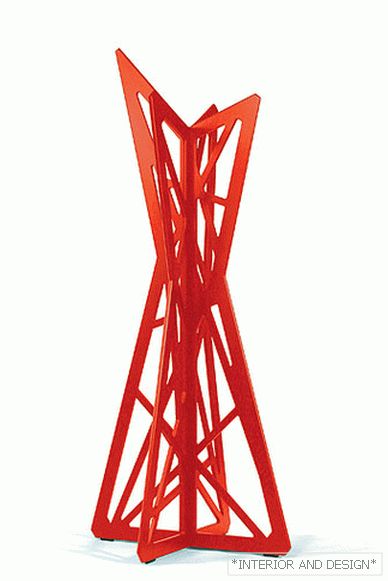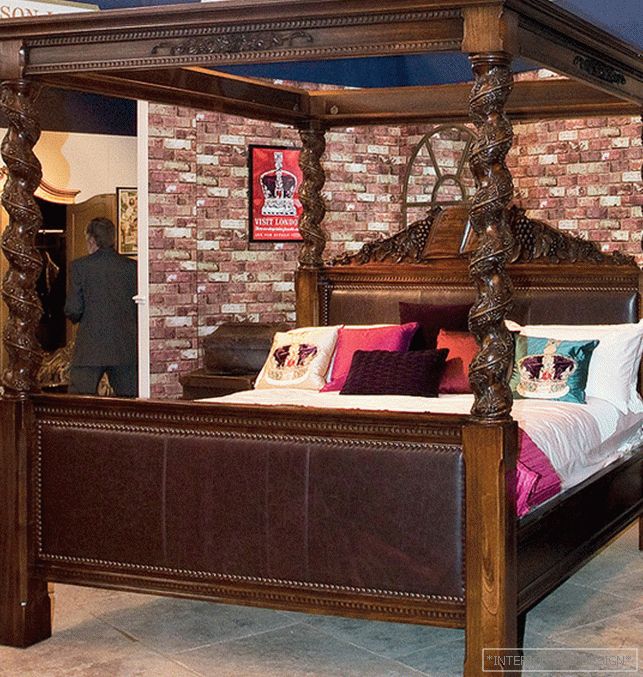Choosing an AV Receiver for Home Theater
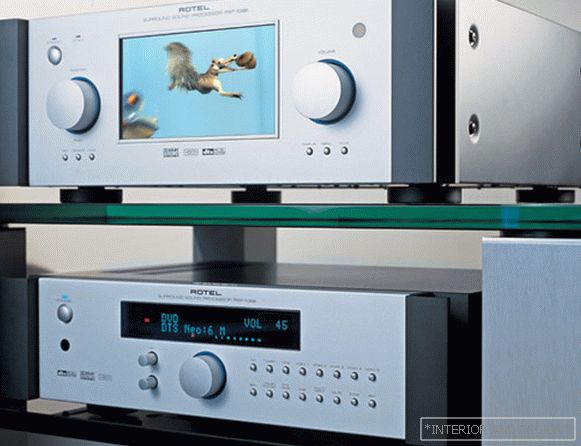
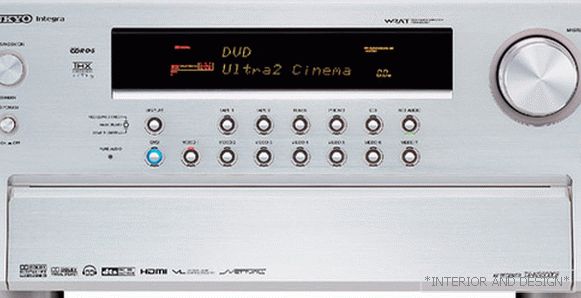

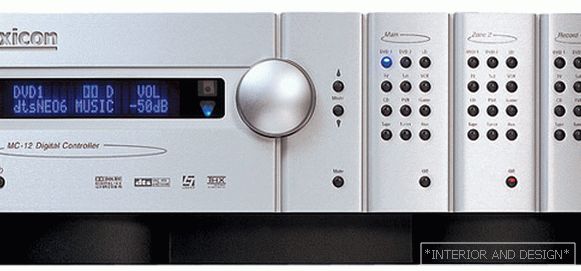
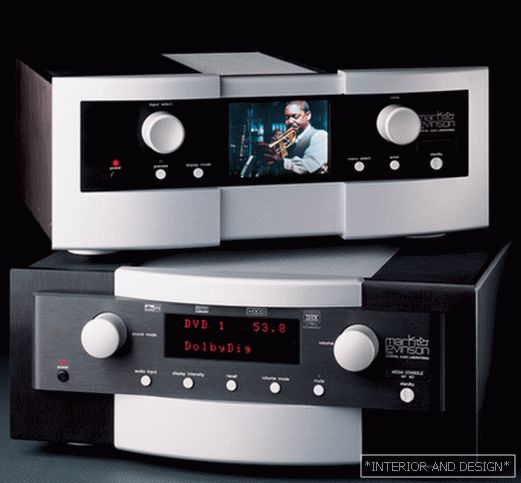
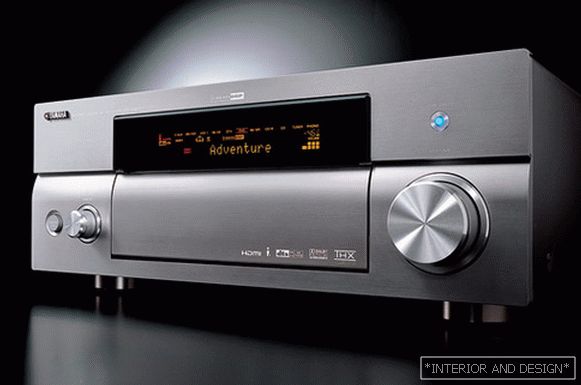

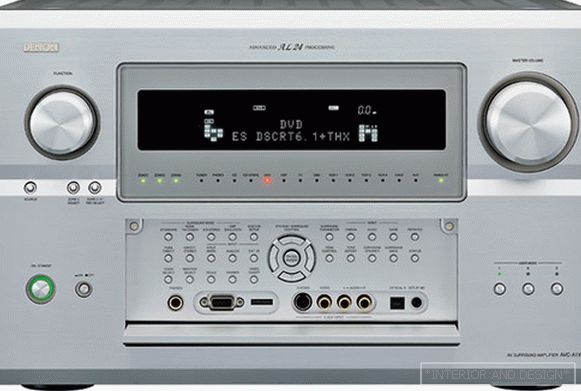
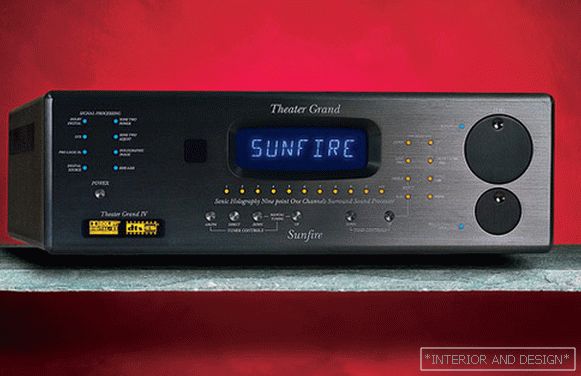
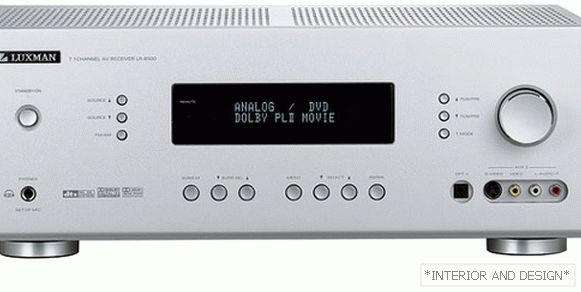
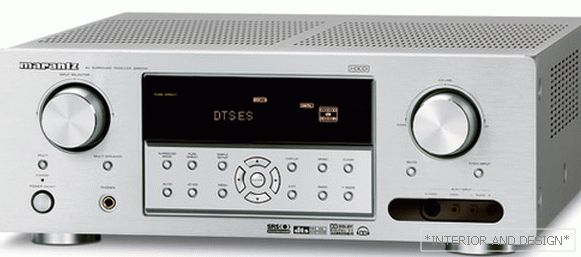
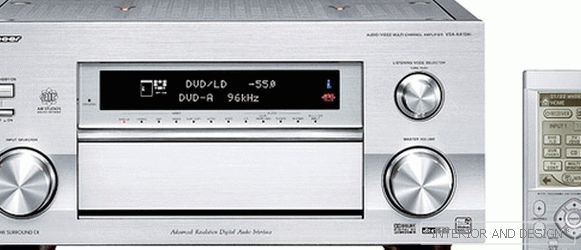 Passing the gallery
Passing the gallery Text: Ivan Vnuchkin
Magazine: Technolania N7 (107) 2006
In any modern home theater there is a point where all the wires converge - this is an AV processor. The technical level, that is, the quality of a particular installation, largely depends on this device. The fact is that the processor, among other things, prepares us the very multichannel surround sound, without which the home theater is simply unthinkable ...
Today, processors are either separate components of the system, or embedded in the so-called AV-receivers, which combine the processor, multi-channel amplifier and radio (hence the name "receiver"). Compact and convenient receivers are most often found in the public sector (the exception is the flagship model), but the essence does not change. Inside those and others there is a device directly involved in processing and receiving analog audio signals. This device in everyday life is called a processor. Although the processors in audio technology are different than the "stones" used in personal computers, both of them are engaged in information processing. (In professional slang, "stone" is a processor.)
The first cinema surround system was designed in 1976 at Dolby Laboratories. It was an uncomplicated system, highlighting from the stereo (albeit, specially recorded) rear (surround) and interactive channels. The device that did this was the "great-grandfather" of the modern processor. This is how Dolby Stereo technology was born, and then it was adapted for home use, naming Dolby Surround. Later, the Dolby ProLogic standard, which evolved into ProLogic II with a separate channel for bass effects, appeared. However, the emergence of digital formats to the forefront was truly revolutionary. In 1992, the Dolby Digital format appeared, a little later - its competitor DTS, introduced by the same company.
Records with 5.1 sound (for five speakers and a subwoofer) are most prevalent today, although DTS is less common than Dolby Digital. Nevertheless, there are already versions of Dolby Digital EX and DTS ES Matrix / Discrete, which support 6.1 schemes with an additional channel Surround Back. There are DTS 96/24 and Dolby ProLogic IIx formats ... And only one processor controls all this variety. His primary task in the home theater is decoding, that is, the selection of individual audio tracks from a digital soundtrack for their further use in analog form. And the better the processor, the more formats it supports. Now on the panel of the modern high-end processor should be at least the logos Dolby Digital EX, DTS ES and Dolby ProLogic IIx.
For maximum compatibility with other devices, the processor should have as many different interfaces as possible. If we talk only about audio signals, today almost all processors have analog and digital (optical and coaxial) inputs and outputs. It is very good if the processor supports the modern digital interface i.Link, and it seems to be extremely rare
In addition to sound operations, almost all processors allow you to work with a video signal. Often this is limited to the through switching of several sources at once (player, video recorder, satellite tuner) without interfering with the signal, but there are processors that convert the video signal. For example, they convert a simple composite video signal into a higher quality component (even with progressive scan), and also allow you to watch movies on the built-in display. There are very special video processors, but this is a topic for a separate article. We can only say that a good AV processor today must be able to switch digital signals HDMI (High Definition Multimedia Interface) or DVI (Digital Visual Interface). In other words, if these badges are on the facade of the apparatus, this is good.
So, another important task of the processor in the cinema is switching to the system of different signal sources. This allows you to connect a DVD player, satellite tuner and turntable at the same time - switching to the desired source will be done by pressing a button. After the processor, the signal must be fed to a multichannel amplifier (external or built-in receiver) and then fed to the speakers.
The next important point is the ability to customize the sound. In a real installation, the speakers cannot always be put in the right star around the spectator's seat, and intrusive resonances often reduce the quality of the bass. There are technical tools that help minimize many of these problems. In the simplest case, it is enough to set the volume level of the channels and adjust the time delays that compensate for the difference in distance from the speaker systems to the listener. The delay time for tuning for simplicity and convenience is converted to distances from the speakers to the listener, expressed in feet or meters.
To smooth out room resonances, manufacturers equip their processors and receivers with parametric equalizers, but using such a tool by the eye is almost impossible. But automatic systems are increasingly common, sending a series of special test signals through the speakers and capable of responding to the captured measurement microphone to make this correction automatically (like setting levels and delays, of course), and quite effectively.
Finally, let's talk about THX certification. Its initiator was film director George Lucas. He wanted to radically improve the quality of sound in cinemas and attracted the cooperation of engineer Tomlinson Holman, who developed a number of quality criteria. The abbreviation THX stands for Tomlinson Holman’s eXperiment. When buying a processor or receiver with one of the THX logos, you can be sure that it will satisfy a number of fairly stringent requirements. The most valuable certificate is THX Ultra 2, the basic one is THX Select. In addition, in fact, the status of "proven product" certified devices receive a number of special processing algorithms that enhance the natural sound of the tracks to the movies. However, do not think that devices without a THX tag are necessarily worse, because this certification for the manufacturer is voluntary.


